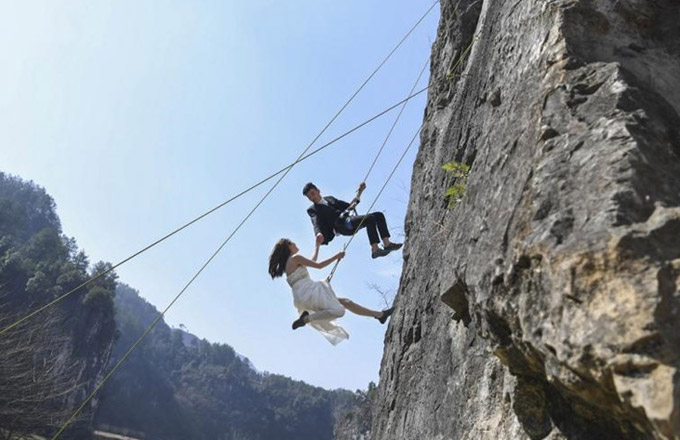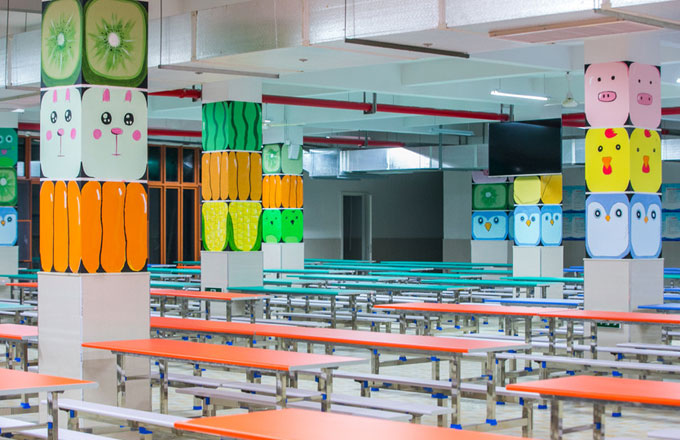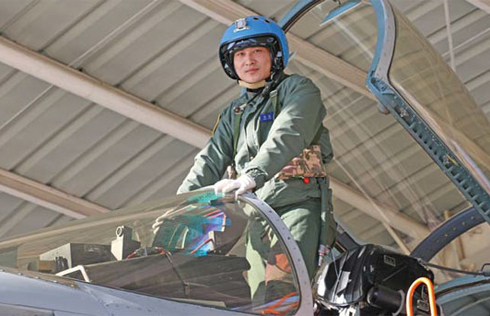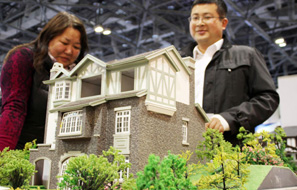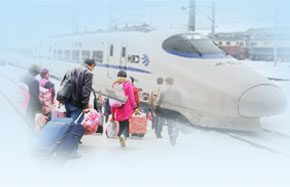Luojia-1A satellite built to observe ground light
China has become most lighted nation in Asia, signaling its growth, expert says
China will this year launch the country's first remote-sensing satellite dedicated to observing ground light at night, according to designers.
The Luojia-1A, a 10-kilogram mini satellite, is being developed by scientists at Wuhan University in Hubei province and will carry a highly sensitive night light camera with a 100-meter ground image resolution, Li Deren, chief scientist of the project, told China News Service on Wednesday.
Li, a professor of remote-sensing surveys at the university and an academician of the Chinese Academy of Sciences, said that the satellite will be capable of detecting large lighted structures on the ground within its designated observation area, such as bridges over the Yangtze River. He added that images taken by Luojia-1A will be clearer than those by United States-developed satellites.
Luojia-1A will be used to help economic planners and analysts with their research and to provide data to policymakers when they determine overseas trade measures, Li said.
Wuhan University is also working with China Aerospace Science and Industry Corp to design the Luojia-1B, a remote-sensing radar satellite, and plans to send it into orbit in 2019, the report said.
Pang Zhihao, executive editor-in-chief of Space International magazine, said on Thursday that China now has no satellite that was specifically designed to take night images of ground structures.
"Now we have satellites that have infrared imagers or synthetic aperture radars to obtain images of landscapes or buildings. Compared with them, the Luojia-1A's camera is specifically developed to capture lighted objects at night, so it is very sensitive to light," he said.
Pang added that images and data generated by Luojia satellites will be useful for provincial and city officials to monitor local economies and to improve their development planning.
Li Xi, a researcher at the State Key Laboratory of Information Engineering in Surveying, Mapping and Remote Sensing in Wuhan, who is taking part in the development of Luojia satellites, said the project team has vast experience in researching lighted objects.
Its members have used images of lighted structures in Syria and Iraq to discover refugee movements and changes of battlefields. They have also analyzed the concentrations of lighted structures in Asia over the past 20 years.
The research concluded that China gradually became the most lighted nation of those surveyed, a visual representation of the continuous growth of China's economy, he said.
- Public security bureau backs app for citizens to report suspicious behavior
- Five stories to inspire love on Valentine’s Day
- Eleven miners trapped in Central China coal mine blast
- Eight dead in Central China coal mine blast
- China orders medical security campaign following malpractice-caused HIV infections




